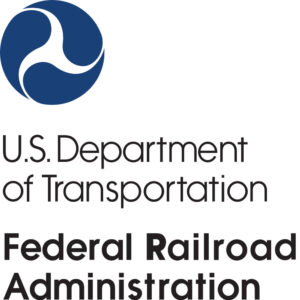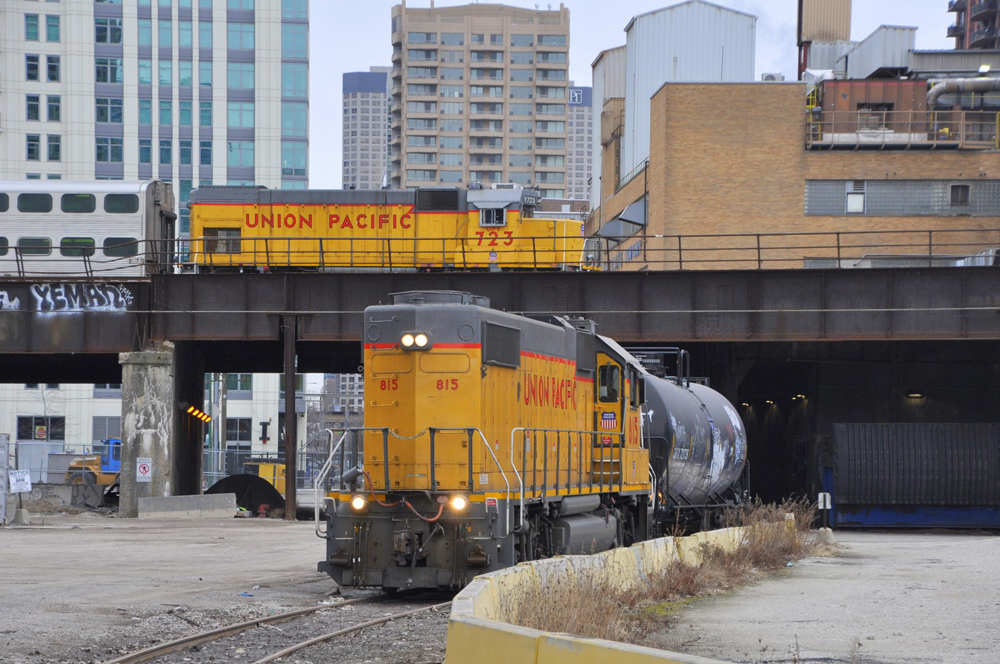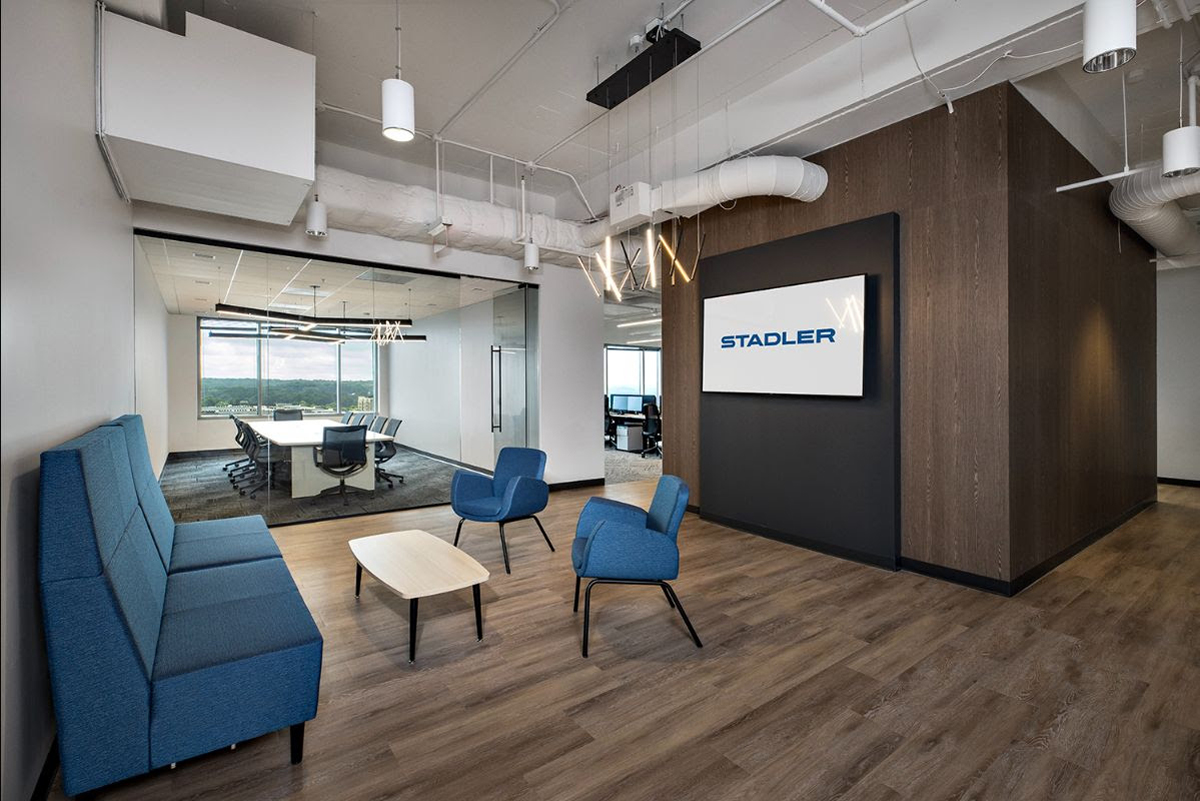 WASHINGTON — The Federal Railroad Administration has issued its new rule on railroad fatigue management, set for formal publication on Monday, and at least one rail union leader has offered a positive response.
WASHINGTON — The Federal Railroad Administration has issued its new rule on railroad fatigue management, set for formal publication on Monday, and at least one rail union leader has offered a positive response.
The final rule, “Fatigue Risk Management Programs for Certain Passenger and Freight Railroads,” is available here for public inspection. Following its publication on Monday, it will become effective July 13. It requires railroads to identify situations with a risk of fatigue and mitigate or eliminate those risks, including such factors as scheduling practices and employees’ consecutive off-duty hours.
“Under the regulation,” the FRA said in a statement, “Class I freight railroads, Amtrak and commuter railroads must develop and implement a Fatigue Risk Management Program (FRMP) as part of their larger system safety and risk reduction programs. Before submitting a FMRP plan to FRA for approval, each railroad is required to consult with affected employees to identify fatigue hazards, as well as specific actions to be taken to mitigate or eliminate those risks. … This rule is one of several ongoing FRA initiatives to address the complex operational, environmental, and cultural issues that contribute to fatigue.”
Greg Regan, president of the Transportation Trades Department, AFL-CIO, said in a statement that his organization’s 37 unions “welcome the FRA’s new rule requiring freight and passenger railroads to have Fatigue and Risk Management Plans that they develop with workers to address scheduling, drug and alcohol testing, and hours of service concerns. This rule provides a solid framework for continued engagement between labor unions and the FRA to ensure that employers are providing working conditions that keep workers and the public safe.
Regan said “punative attendance policies such as the policies at Union Pacific and BNSF Railway, as well as other Class I railroads, have exacerbated the fatigue issue, putting the employees and public at great risk.” The FRA is currently studying fatigue among conductors and engineers, he said, “and we are confident the final results of this study will show that fatigue is linked to worsening workplace conditions for these workers.”














I agree with Gerald about the comparison of trucks and trains. Airlines and railroads have more in common. Working 14 hours would actually be an increase in working hours. A 30 minute break after four hours would require one to stop a train for 30 minutes and tie up the railroad. And with the unpredictability of the railroad would just make matters worse. One problem now is a crew goes on the law. They must have the train tied down before their 12 hours expire. But then they can sit there for hours awaiting transportation. In the meantime they are prohibited from performing any type of service except in an emergency. The big problem is getting rest after they sign off. You can be up and about for many hours and by the time you get home or to the hotel a few hours later the phone rings. What needs to be taken into account is the time one needs to get to and from your place of rest and allowance for actually getting some sleep. You might sign off duty at 1 but it may be three or four hours later before you’re actually starting to get any sleep. A few hours your getting called and once that phone rings generally you don’t get back to sleep even if you could snooze a bit longer.
How many executives work the schedules that train crews are required to handle. As Lincoln said, “As I would not be a slave, so I would not be a master.” While crews are not slaves, the idea still applies. Or the “Golden Rule”
Do unto others as you would have them do unto you. It will be interesting to watch the progress.
The proposed rule defines a fatigue risk management program as a “comprehensive, system-oriented approach to safety in which a railroad determines its fatigue risk by identifying and analyzing applicable hazards and takes actions to mitigate, if not eliminate, that fatigue risk.”
All passenger and freight railroad companies in the U.S. would be required to prepare and write a seriously detailed program plan and submit it to The Federal Railroad Administration for review and approval. Each of their related fatigue risk management program must include objectives, risk analysis, alleviation strategies, evaluation and an application plans.
Dr. Güntürk Üstün
Apply the rules truck drivers have to follow. 60 hours in 7 days / 70 hours in 8 days. 14 hour max from beginning of the day then a continuous 10 hour break. And a 30 minute break after 4 hours. Combined with current sign in sign out practices.
Totally unnecessary…engineers do not have to keep their foot pressed down a pedal, nor use their feet to apply brakes. They’re on a fixed right of way…the similarities are not as close as you make it sound. Perhaps they need to implement new hiring requirements, all new hires must undergo a sleep test(to determine if they have apnea or not), a survey to find out who works better at night than they day and visa versa. There’s plenty of ways to solve this problem without draconian measures.
Anything that makes the Wall Street SCUM unhappy is GREAT!
And at one time you could work 16 hours straight, then be called back to duty after 8 hours “rest.”
Who will scream the most about these rules? It will be the wall street types that will find their prescious OR rise. The push back from those types will coe thru subtle protestions and not directly.
Another chink in the armor of the PSR nazis.
The railroads have had 150 years to do this themselves. Not having done it themselves, the government gives them five weeks.